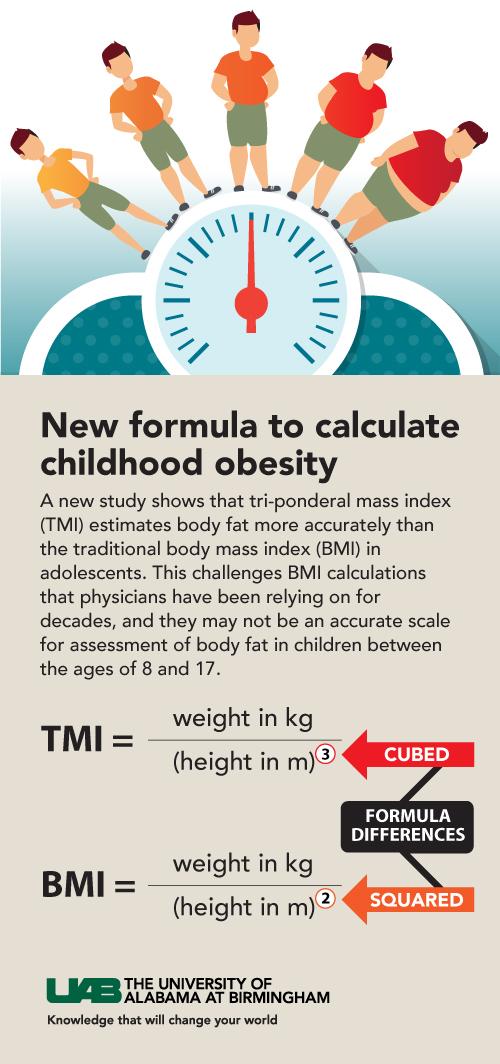April 2006 - In a recent Penn State laboratory study, preschool children who usually eat meals at home while watching TV ate one-third more lunch when they were shown a cartoon video during lunchtime versus when they ate lunch without TV.
The children who did not eat in front of the TV at home and for whom TV viewing during meals and snack was novel, actually ate significantly less on the days the lunchtime cartoon was shown compared to the days on which there was no video.
Dr. Lori Francis, assistant professor of biobehavioral health and first author of the recently published paper on the study, "The study shows that TV viewing can either increase or decrease preschool children's food intakes and suggests that when children consistently view TV during meals, TV viewing may distract children from normal fullness cues which can lead to overeating in children as it may in adults."
In their paper, the researchers write, "To promote self-regulation of energy intake in young children, parents and caregivers should be advised against providing opportunities for children to eat during TV viewing."
The results of the study are detailed in, "Does Eating During Television Viewing Affect Preschool Children's Intake?," published in the April issue of the Journal of the American Dietetic Association. The authors are Francis and Dr. Leann L. Birch, distinguished professor of human development and family studies, at Penn State.
Continue Reading Below ↓↓↓
Twenty-four children, ages three through five, and their mothers participated in the study. The children were all normal weight, predominately European American and middle class.
On two separate days, the children were served lunch in small groups and also shown a 22-minute video of a cartoon version of Dr. Seuss's Daisy-Head Mayzie, which contains the message that love is more important than fame. On two other days, the children ate lunch together but were not shown the cartoon.
The same lunch was served on both the TV days and the non-TV days: pizza, unsweetened applesauce, baby carrots and two percent milk. In addition, the children were offered an afternoon snack of 2 percent milk, fish-shaped baked snack crackers and dried sweetened banana chips.
To measure the children's eating habits at home, their mothers were asked how frequently the child eats snacks while watching TV, how frequently the child eats other meals while watching TV and how frequently the TV is on when meals are eaten together as a family. The mothers also reported on their child's daily TV watching. According to these reports, on average, the children watched 1.5 hours of TV daily and eight of the 24 children (33 percent) usually ate meals or snacks while watching TV.
The results showed that, overall, the children ate significantly less snack and lunch on the TV days compared with the non-TV days. However, children who watched more daily hours of TV or who usually ate in front of the TV at home ate more lunch on the TV days.
The researchers write, "This finding suggests the possibility that children who are given opportunities to eat while watching TV may become less sensitive to internal cues to satiety."
The study was supported, in part, by National institute of Health Grants to Birch and a Penn State Alumni Society Board of the College of Health and Human Development grant to Francis.
Source: Penn State









